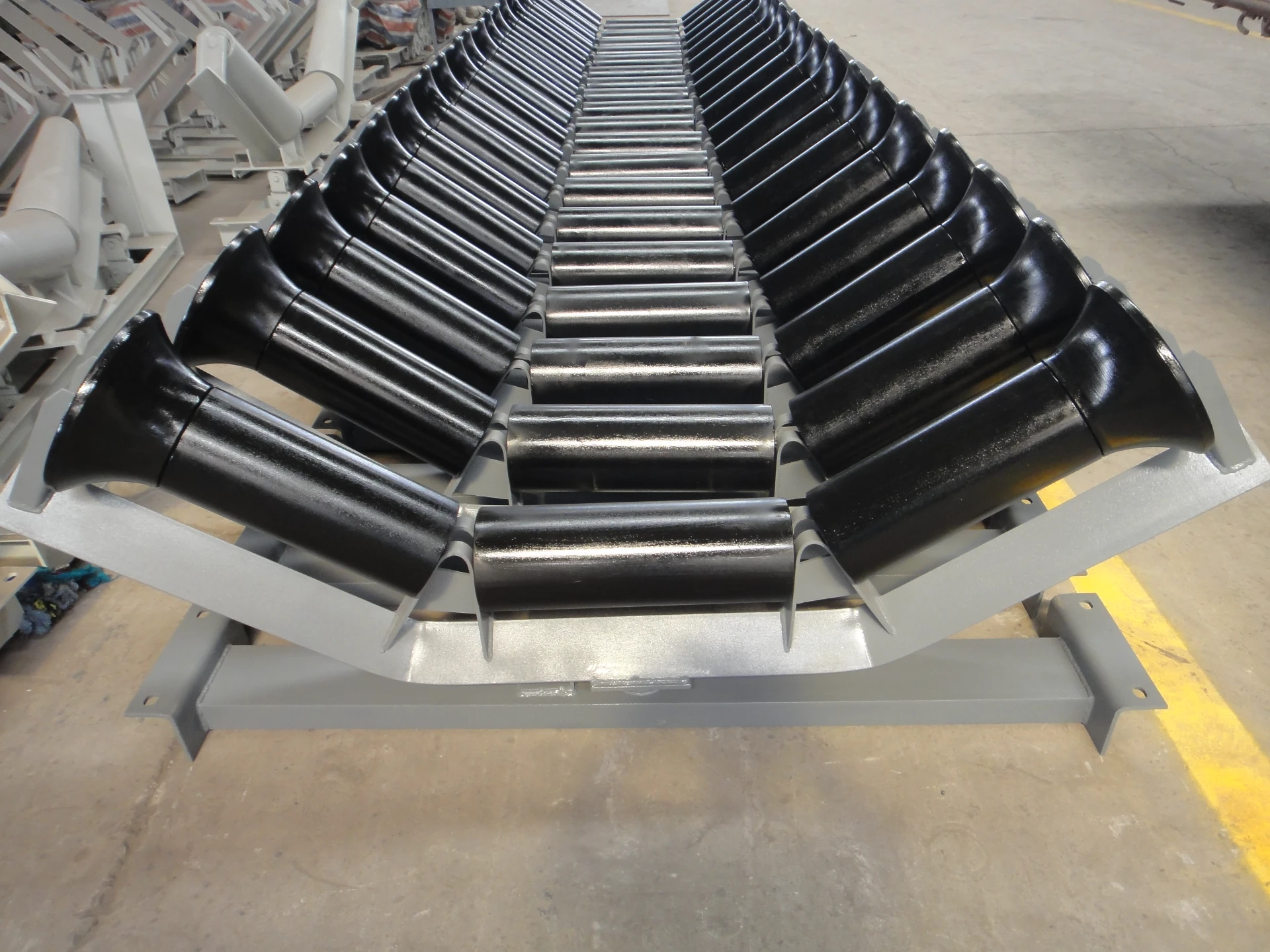 Afrikaans
Afrikaans  Albanian
Albanian  Amharic
Amharic  Arabic
Arabic  Armenian
Armenian  Azerbaijani
Azerbaijani  Basque
Basque  Belarusian
Belarusian  Bengali
Bengali  Bosnian
Bosnian  Bulgarian
Bulgarian  Catalan
Catalan  Cebuano
Cebuano  Corsican
Corsican  Croatian
Croatian  Czech
Czech  Danish
Danish  Dutch
Dutch  English
English  Esperanto
Esperanto  Estonian
Estonian  Finnish
Finnish  French
French  Frisian
Frisian  Galician
Galician  Georgian
Georgian  German
German  Greek
Greek  Gujarati
Gujarati  Haitian Creole
Haitian Creole  hausa
hausa  hawaiian
hawaiian  Hebrew
Hebrew  Hindi
Hindi  Miao
Miao  Hungarian
Hungarian  Icelandic
Icelandic  igbo
igbo  Indonesian
Indonesian  irish
irish  Italian
Italian  Japanese
Japanese  Javanese
Javanese  Kannada
Kannada  kazakh
kazakh  Khmer
Khmer  Rwandese
Rwandese  Korean
Korean  Kurdish
Kurdish  Kyrgyz
Kyrgyz  Lao
Lao  Latin
Latin  Latvian
Latvian  Lithuanian
Lithuanian  Luxembourgish
Luxembourgish  Macedonian
Macedonian  Malgashi
Malgashi  Malay
Malay  Malayalam
Malayalam  Maltese
Maltese  Maori
Maori  Marathi
Marathi  Mongolian
Mongolian  Myanmar
Myanmar  Nepali
Nepali  Norwegian
Norwegian  Norwegian
Norwegian  Occitan
Occitan  Pashto
Pashto  Persian
Persian  Polish
Polish  Portuguese
Portuguese  Punjabi
Punjabi  Romanian
Romanian  Russian
Russian  Samoan
Samoan  Scottish Gaelic
Scottish Gaelic  Serbian
Serbian  Sesotho
Sesotho  Shona
Shona  Sindhi
Sindhi  Sinhala
Sinhala  Slovak
Slovak  Slovenian
Slovenian  Somali
Somali  Spanish
Spanish  Sundanese
Sundanese  Swahili
Swahili  Swedish
Swedish  Tagalog
Tagalog  Tajik
Tajik  Tamil
Tamil  Tatar
Tatar  Telugu
Telugu  Thai
Thai  Turkish
Turkish  Turkmen
Turkmen  Ukrainian
Ukrainian  Urdu
Urdu  Uighur
Uighur  Uzbek
Uzbek  Vietnamese
Vietnamese  Welsh
Welsh  Bantu
Bantu  Yiddish
Yiddish  Yoruba
Yoruba  Zulu
Zulu conveyor belt roller types
Understanding Conveyor Belt Roller Types
Conveyor systems are an integral part of many industries, facilitating the transportation of materials with efficiency and reliability. At the heart of these systems are conveyor belt rollers, which play a crucial role in ensuring smooth operation. This article delves into the various types of conveyor belt rollers, their functions, and their applications.
What are Conveyor Belt Rollers?
Conveyor belt rollers are cylindrical components that support the conveyor belt and help in the movement of materials. They are designed to minimize friction and wear on the belt while ensuring that the load is evenly distributed. These rollers come in various sizes, materials, and designs, catering to the specific needs of different conveyor systems.
Types of Conveyor Belt Rollers
1. Idler Rollers Idler rollers are essential components found in conveyor systems. They support the belt while it carries materials, maintaining its alignment and path. Idler rollers can be further categorized into various types - Impact Rollers These are specially designed to cope with heavy loads, providing additional support where materials are loaded onto the conveyor. They feature a shock-absorbing design to minimize damage to the conveyor belt. - Return Rollers Located on the underside of the conveyor belt, return rollers support the belt as it returns to the starting point after unloading. They help maintain the belt's alignment and reduce wear. - Training Rollers Used to prevent the belt from drifting off-center, training rollers adjust the belt’s path and ensure it stays within the proper alignment.
2. Drive Rollers Drive rollers, also known as powered rollers, are responsible for driving the conveyor belt. These rollers are typically equipped with a motor that provides the necessary power to move the belt. Drive rollers are essential in motorized conveyor systems and are strategically placed to optimize efficiency and performance.
conveyor belt roller types

3. Guide Rollers Guide rollers help maintain the correct position of the conveyor belt, especially around curves or during directional changes. These rollers guide the belt along the desired path, preventing it from veering off course and ensuring a smooth transition.
4. Crowned Rollers For applications where the belt frequently runs off-center, crowned rollers are used. These rollers are slightly raised in the center, encouraging the belt to return to its center position. This design is particularly useful in reducing wear and prolonging the belt's life.
5. Specialty Rollers Specialized conveyor systems may require unique roller designs, such as - Sanitary Rollers Designed for industries like food processing, these rollers are easy to clean and designed to minimize contamination risks. - Heavy-Duty Rollers For environments that demand high load capacities, heavy-duty rollers provide the strength and durability required for transporting heavier materials.
Materials Used in Conveyor Rollers
The materials used to manufacture conveyor rollers can significantly affect their performance and longevity. Common materials include - Steel Steel rollers offer high durability and strength, making them ideal for heavy-duty applications. They can withstand harsh environments but may require corrosion-resistant coatings. - Plastic Lightweight and resistant to corrosion, plastic rollers are suitable for lighter applications and environments where sanitation is essential. - Rubber Rubber-covered rollers provide added grip and shock absorption, which is critical in certain materials handling processes.
Conclusion
Understanding the various types of conveyor belt rollers is essential for optimizing material handling operations across different industries. By selecting the appropriate roller type and material, businesses can enhance the efficiency and lifespan of their conveyor systems. Whether it’s idler, drive, guide, or specialty rollers, each type plays a critical role in ensuring that materials are transported safely and efficiently. Investing time in selecting the right components will ultimately lead to improved productivity and reduced maintenance costs in the long run.
-
Revolutionizing Conveyor Reliability with Advanced Rubber Lagging PulleysNewsJul.22,2025
-
Powering Precision and Durability with Expert Manufacturers of Conveyor ComponentsNewsJul.22,2025
-
Optimizing Conveyor Systems with Advanced Conveyor AccessoriesNewsJul.22,2025
-
Maximize Conveyor Efficiency with Quality Conveyor Idler PulleysNewsJul.22,2025
-
Future-Proof Your Conveyor System with High-Performance Polyurethane RollerNewsJul.22,2025
-
Driving Efficiency Forward with Quality Idlers and RollersNewsJul.22,2025





























